Diane Keaton, whose long, versatile career was indelibly highlighted by her Academy Award-winning performance as Woody Allen’s titular love interest in the actor-writer-director’s 1977 romantic comedy “Annie Hall,” has died, according to People. She was 79.
After establishing herself on Broadway in 1969 as Allen’s co-star in his comedy hit “Play It Again, Sam” (during which the performers became romantically involved), Keaton made an impression in Hollywood as Kay Adams, the tormented girlfriend and then spouse of mobster Michael Corleone (Al Pacino), in Francis Ford Coppola’s “The Godfather” (1972) and “The Godfather Part II” (1974).
But it was as Allen’s frequent co-star and onscreen comedic foil – even after their life as a couple was over – that Keaton made her deepest impression. After reprising her role in “Play It Again, Sam” in Herbert Ross’ 1972 screen adaptation, she appeared with the diminutive comic in his sci-fi comedy “Sleeper” (1973) and his spoof of Russian literature “Love and Death” (1975).
However, it was the role of Annie Hall, the loopy, charming girlfriend of comic Alvy Singer (Allen) in the unconventionally structured feature, which truly launched her into the top echelon of screen actresses, scoring Oscars for best picture, best director and best original screenplay in the process. Keaton, who had served as the model for her character, also emerged as a style icon (for her off-kilter fashion sense) and an immediate influence on other young actresses.
In a New Yorker profile published at the height of Keaton’s first flush of fame, Penelope Gilliatt noted, “She is not at all like the many actresses who have skimmed some mannerisms off her and done insultingly mild imitations by relying on ‘Well’s and dither. Miss Keaton…is not a whit like the flustered ingénue she was cast to play.
“‘I’ve noticed people saying ‘La-di-da’ like Annie Hall, and I don’t like it, you know?’ she told me. ‘It’s not a good idea to be identifiable, though it’s reassuring. It feels safe in most ways, and that’s bad, because it means that you’re accepted, and once that happens that’s where you stay. You have to watch yourself. I’d like a life like Katharine Hepburn’s in terms of work. She matured. She made the changes.’”
While Keaton would sometimes draw on the dizzy attributes of the Hall character in her later work, she quickly moved into work in other, more somber projects that proved she was no one-trick pony. She succeeded her turn as a promiscuous schoolteacher in Richard Brooks’ adaptation of the shocking bestseller “Looking for Mr. Goodbar” (1977) with appearances in Allen’s Bergmanesque drama “Interiors” (1978) and his dark comedy-drama “Manhattan” (1979).
Keaton captured a second Oscar nomination for her performance as the early 20th-century socialite-turned-radical Louise Bryant in “Reds” (1981), a sprawling political-historical drama directed and co-authored by her then-paramour Warren Beatty, who also starred as left-wing journalist John Reed.
She received strong notices for her work in Gillian Armstrong’s “Mrs. Soffel” (1984) and Bruce Beresford’s “Crimes of the Heart” (1986), and returned to work with Allen in a small part in his period comedy “Radio Days” (1987). That same year, her role as a harried career woman saddled with her dead cousin’s infant daughter in “Baby Boom” inaugurated a fruitful series of comedic collaborations with writer (and later director) Nancy Meyers.
In 1990, Keaton — who was intermittently involved with her “Godfather” co-star Pacino from 1971 — reprised her role as Kay Adams Corleone in Coppola’s long-delayed “The Godfather Part III.” She made a profitable return to comedy opposite Steve Martin in Meyers’ hit remake of “Father of the Bride” (1991) and its 1995 sequel; took another turn opposite Allen in “Manhattan Murder Mystery” (1993); and teamed with Bette Midler and Goldie Hawn in the smash hit “The First Wives Club” (1996).
Keaton went on to garner two more Oscar nods as best actress, as a leukemia-stricken woman coping with family upheaval, opposite Meryl Streep and Leonardo DiCaprio, in Jerry Zaks’ drama “Marvin’s Room” (1996) and as a playwright who becomes involved with an aging roué (Jack Nicholson) in Meyers’ rom-com “Something’s Got to Give” (2003).
Major hits largely eluded her in later years; a 2014 story in the Wire called her latter-day roles “frustratingly inessential,” despite ongoing work with top-flight directing and acting talent. But she was involved in other activities, in a diversity of artistic endeavors.
She was active as a director from the ‘80s, when she notably helmed the video for Go-Go’s lead singer Belinda Carlisle’s 1987 solo hit “Heaven is a Place on Earth”; she went on to direct episodes for the network series “China Beach” and “Twin Peaks” and the features “Unstrung Heroes” (1995) and “Hanging Up” (2000), in which she also co-starred with Meg Ryan and Lisa Kudrow. She produced the Fox series “Pasadena” and Gus Van Sant’s startling Columbine-inspired feature “Elephant” (2003).
She published the bestselling memoirs “Then Again” (2011), “Let’s Just Say It Wasn’t Pretty” (2015) and “Brother and Sister” (2020). From the ‘70s on, she was an avid photographer whose work was collected in “Reservations,” and she also edited several photo collections. She was also active in preserving historic houses.
Keaton received a 2017 Lifetime Achievement Award from the American Film Institute. Woody Allen, who served as presenter, twitted the fedora-wearing honoree’s timeless style, quipping, “She looks like the woman in ‘A Streetcar Named Desire’ who comes to take Blanche away.”
Accepting the award, the actress eschewed a speech in favor of a performance of “Seems Like Old Times,” which she memorably sang in “Annie Hall.”
She was born Diane Hall in Los Angeles on Jan. 5, 1946; Allen would later take her nickname and family name for the handle of her most famous character. During high school in Santa Ana, Calif., she was active in both music and theater (and in fact played Blanche Dubois in Tennessee Williams’ “A Streetcar Named Desire”).
After dropping out of college, she moved to New York to pursue acting professional using her mother’s maiden name. In 1968, she landed a role in the Broadway production of “Hair,” the “American tribal love-rock musical,” and attracted attention by declining to strip for the play’s notorious ensemble nude scene. She made her big-screen bow in “Lovers and Other Strangers” in 1970.
An open audition scored her the role as the female lead in Allen’s “Play It Again, Sam,” in which a sexually maladroit film critic receives counsel in romance from the shade of Humphrey Bogart. The co-stars became an item, but their work together on screen persisted long after they separated in the late ‘70s.
The impact of her captivating performance as the aspiring singer in “Annie Hall” (a role she failed to live out successfully in real life) extended well beyond her skillful acting and into the realm of national style. Her wardrobe in the film – wide-brimmed hats, men’s shirts, ties and vests, slacks – became much-emulated street wear for young women of the late ‘70s.
Save for a catastrophic appearance in the 1984 adaptation of John Le Carré’s thriller “The Little Drummer Girl,” Keaton remained largely on a box office roll into the late ‘90s, by which time she began appearing more frequently in TV movies while transitioning gracefully into mature roles.
In 2018, after allegations that Woody Allen had molested his daughter Dylan in the early ‘90s were renewed (as his son Ronan Farrow’s reporting about sexual improprieties in Hollywood helped spark the #MeToo movement), Keaton came to the director’s defense publicly, stating on Twitter, “Woody Allen is my friend and I continue to believe him.”
Keaton, who never married, is survived by her adopted daughter Dexter and son Duke.

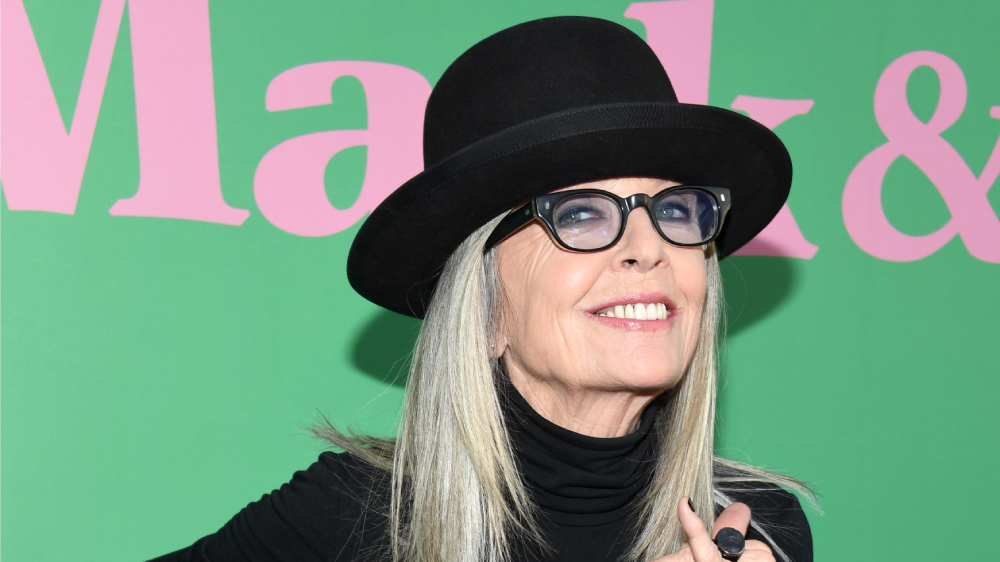
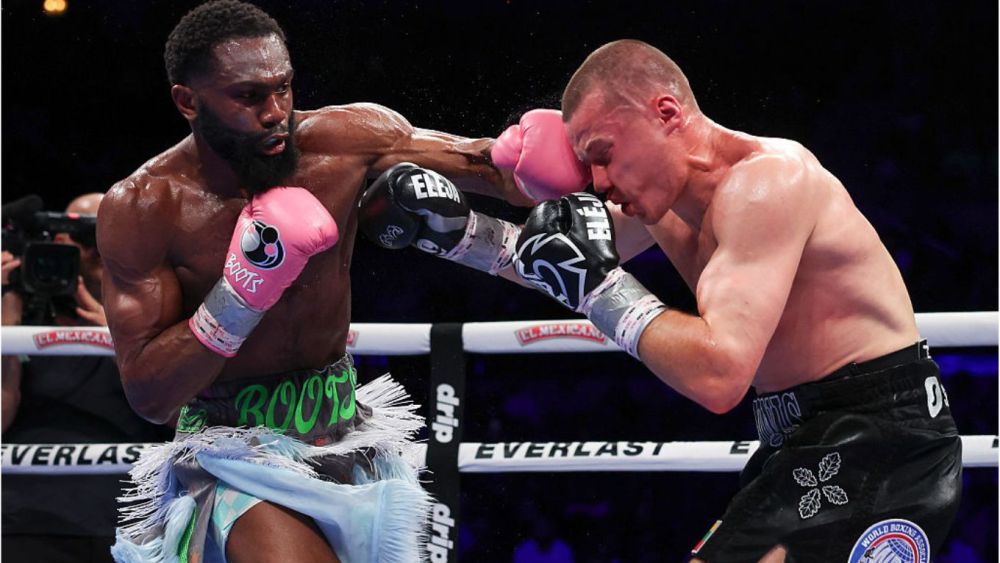
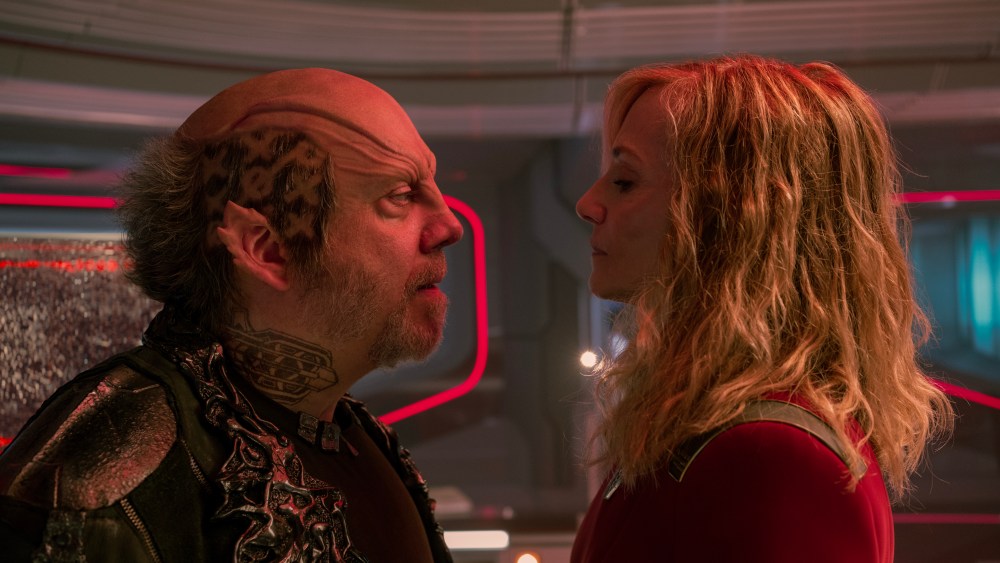
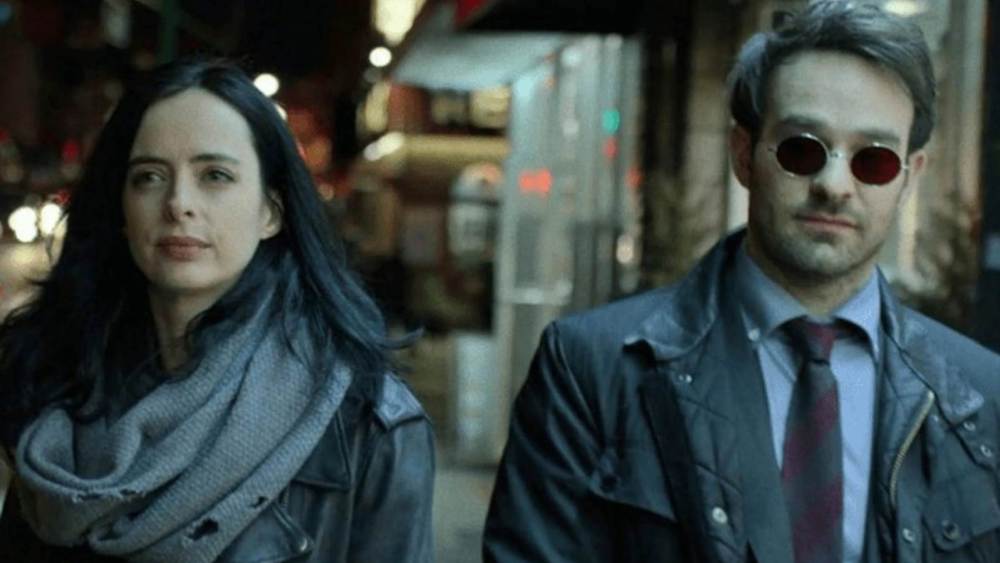

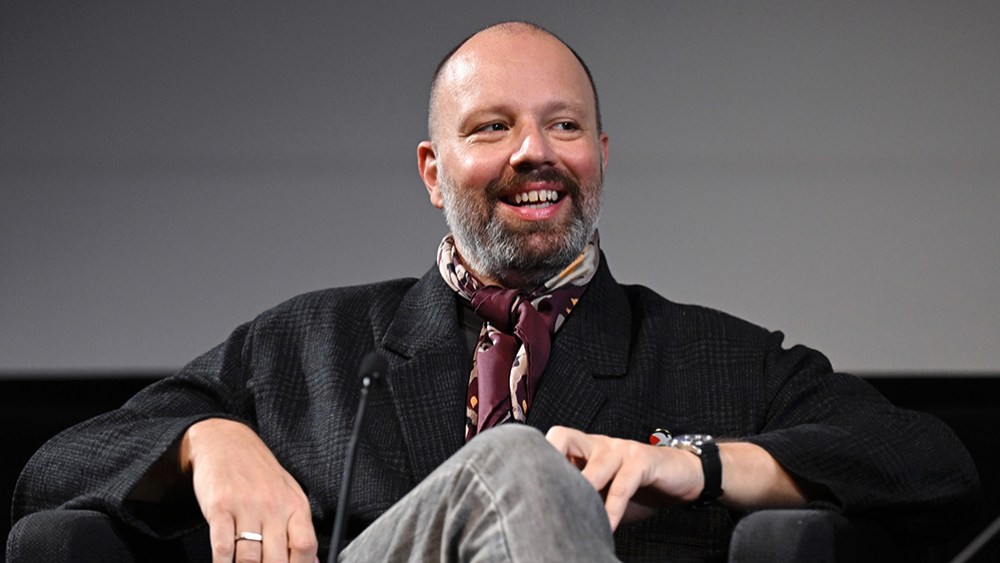
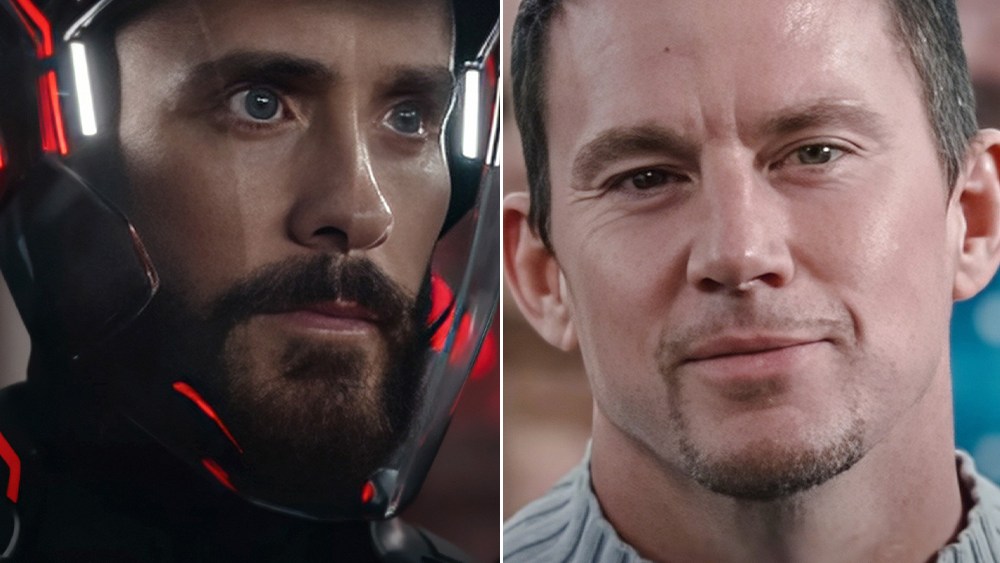
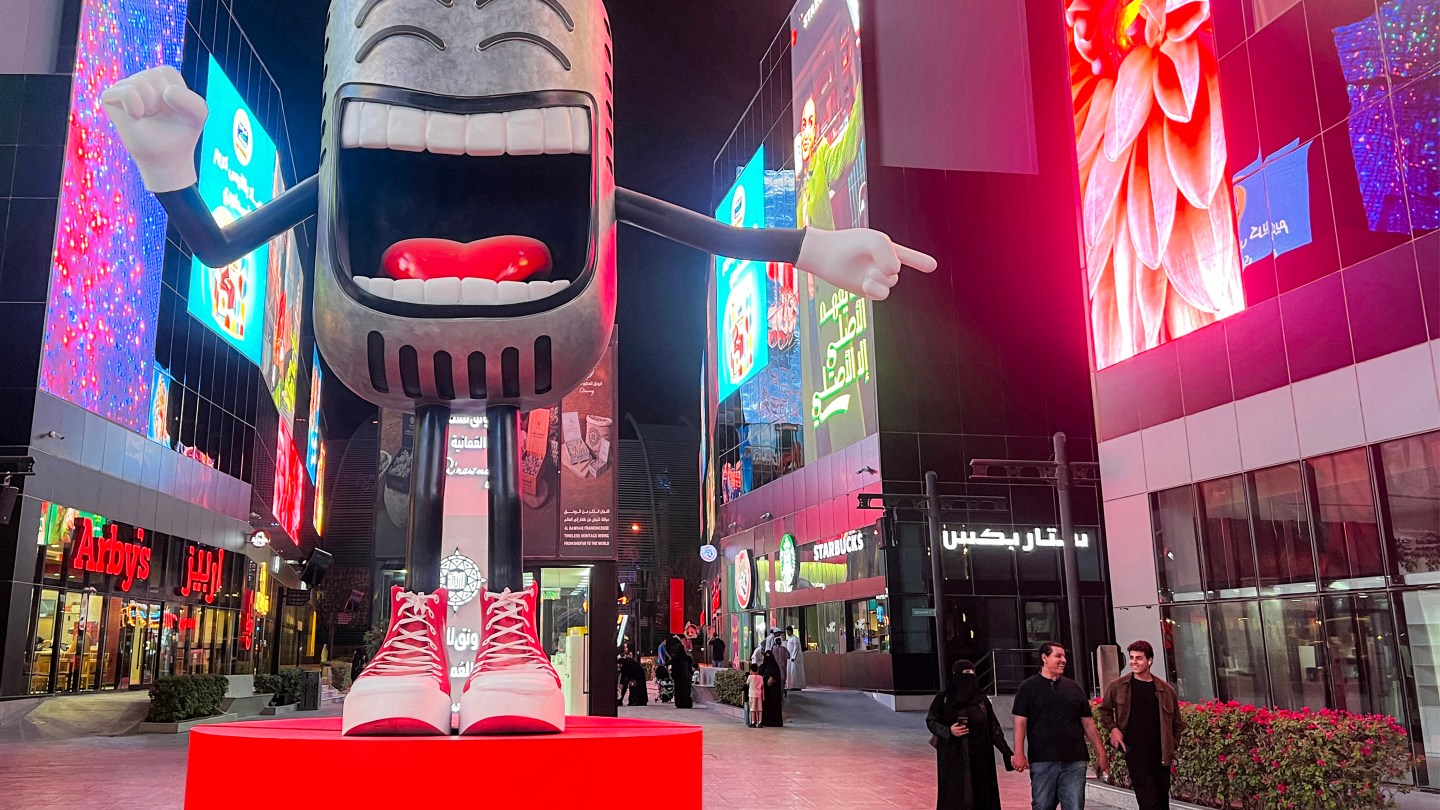

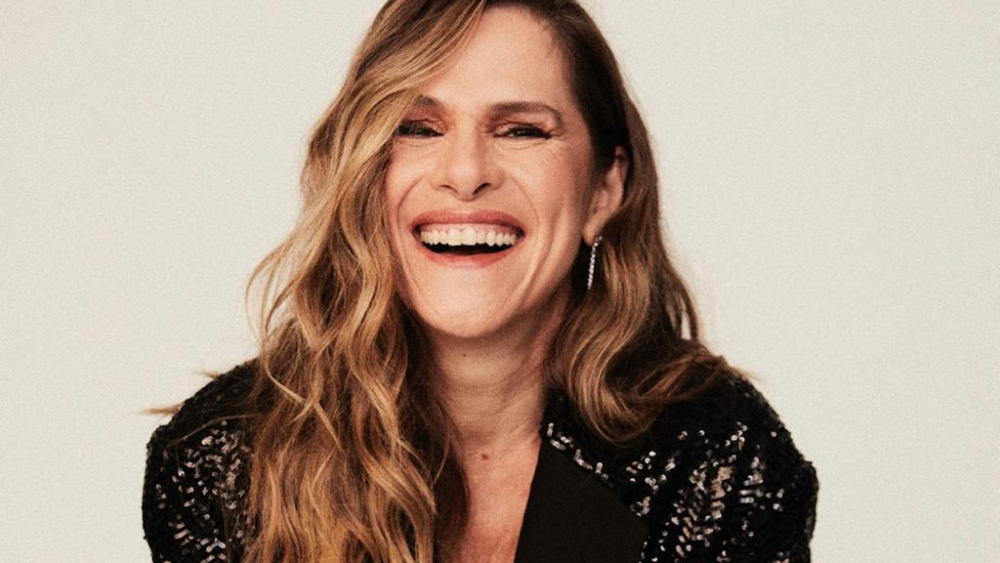
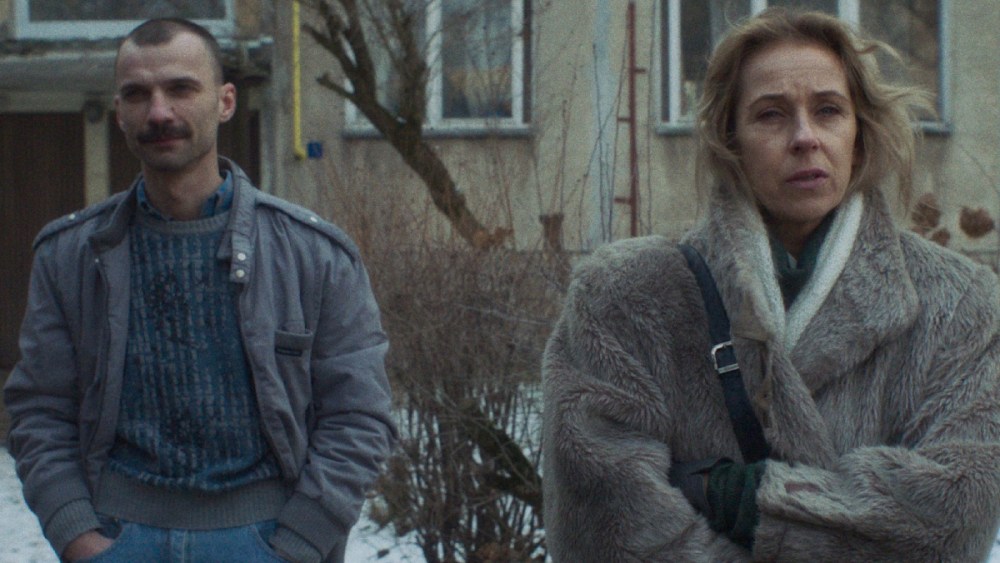
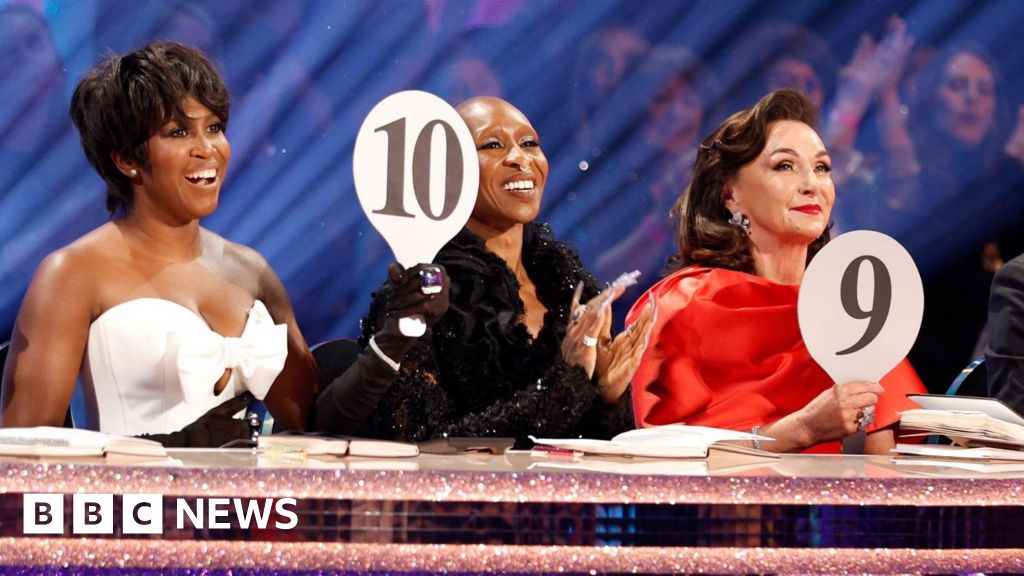



Leave a Reply